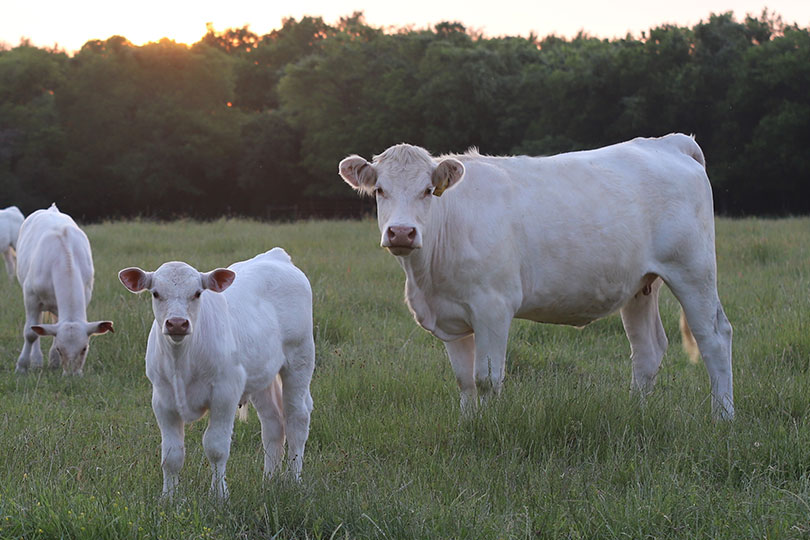By Jennifer Whitlock
Field Editor
The U.S. Department of Agriculture (USDA) Agricultural Research Service (ARS) issued a “Grand Challenge” to the beef supply chain in 2018. Through the project, ARS hopes to better understand the complexities of the beef production system, including cattle performance in specific locations and how different inputs improve the nutritional quality of beef.
At the 2021 Beef Improvement Federation Symposium, Dr. Larry Kuehn, research geneticist at the U.S. Meat Animal Research Center (USMARC), gave an update on how the challenge is progressing.
“A ‘Grand Challenge’ is an ARS program for large collaborative projects designed to meet multiple goals to improve production efficiency, reduce environmental impact, encourage sustainable production and optimize whole agricultural systems through integrated research programs,” he said.
Researchers from seven states, including Texas, are studying how environment, genetics and cattle management affect final beef products. Offspring sired from bulls of the four largest registered beef breeds—Angus, Hereford, Simmental and Charolais—and Brahman/Beefmaster crosses are mated to cows from the USMARC Germplasm Evaluation Program (GPE) and sent to five ARS locations to examine the influence of those three factors.
The purpose of the Grand Challenge Project, according to Kuehn, is to evaluate large sire families at multiple locations and management systems while using females mated to GPE bulls.
Production efficiency measurements are collected at each location, including monthly weigh-ins to calculate stocker gain and finished gain, feed efficiency, costs and days on feed. He noted each location tries to keep stocker energy and protein consistent, and all locations finish the calves at about 1,350 pounds. Records are kept on hot carcass weight, marbling, yield, tenderness, color stability and dark cutters.
Other data collected include rumen fluid and animal cortisol measurements, fatty acid profile of beef produced and screening for e. coli, salmonella and antimicrobial-resistant pathogens in fecal and pen surfaces.
Environmental impacts are also assessed by measuring soil carbon sequestration and forage production, quality and plant composition.
“The key thing here is the systems are complicated with the interaction between the soil, forage and the animals themselves and the end product of steaks that people are eventually eating,” Kuehn said.
The Beef Grand Challenge has sent three years of spring and fall calves to each location, and fall cows are now bred with their fourth set of calves.
The project is expected to continue for the foreseeable future, with opportunity for growth, Kuehn noted.
“We want to increase the use of these integrated systems and management to increase research utility and efficiency in the overall U.S. cow herd,” he said.

